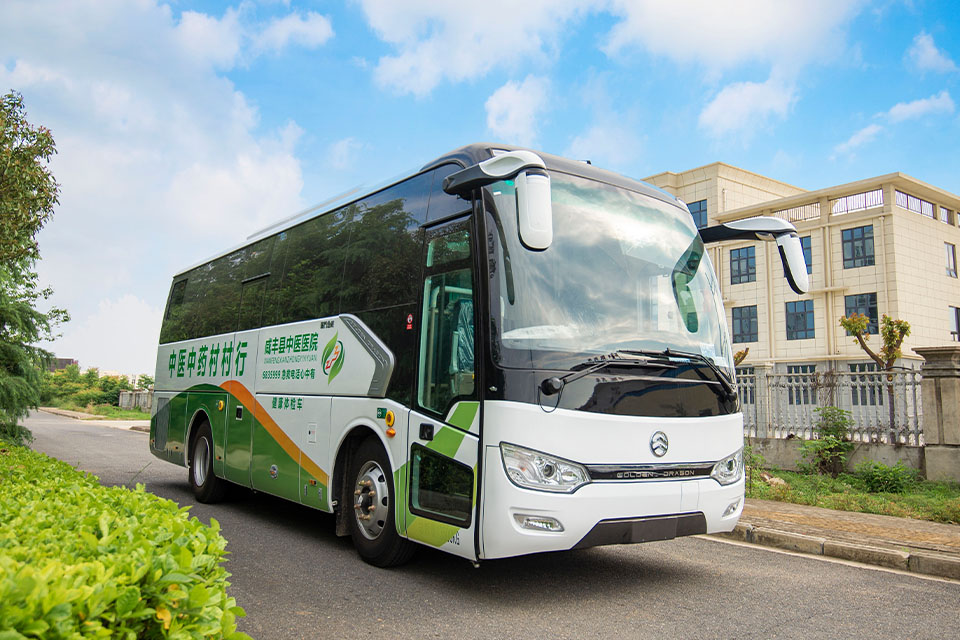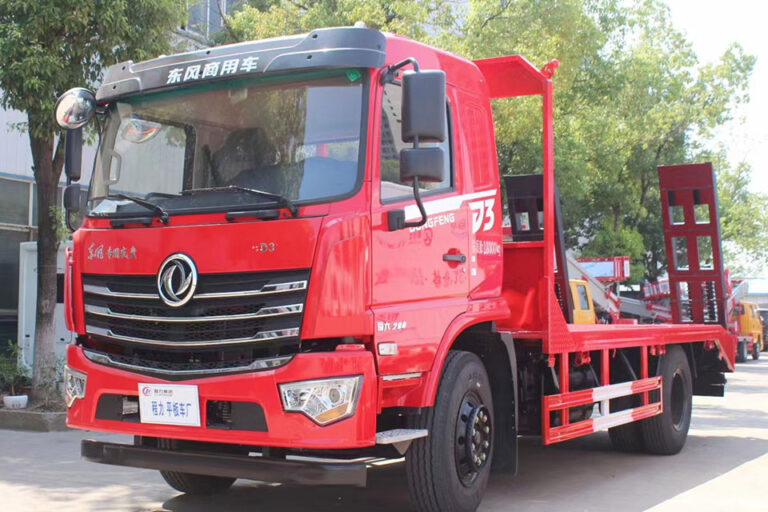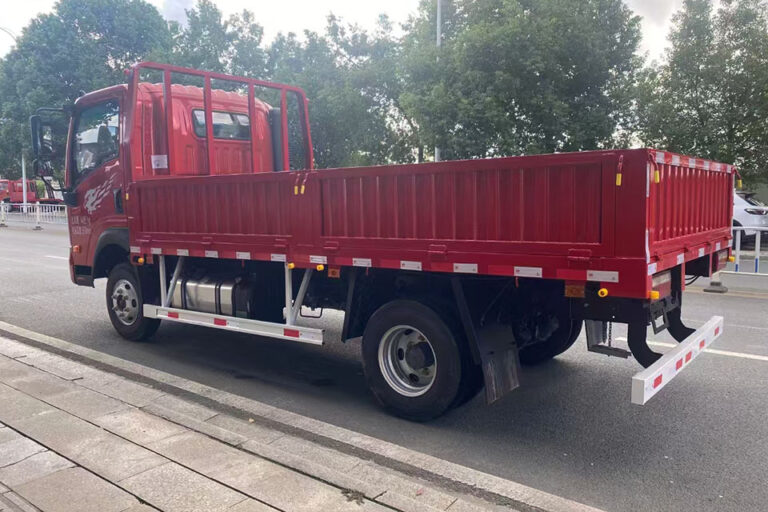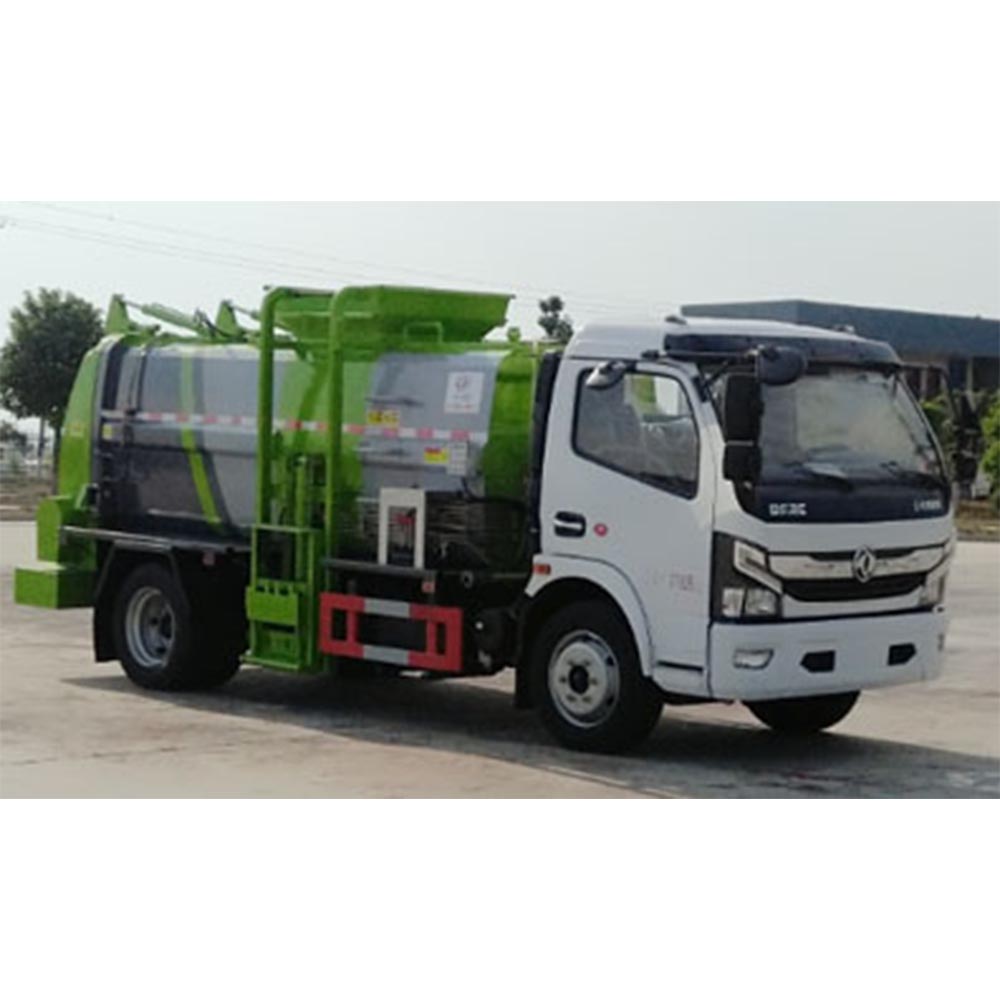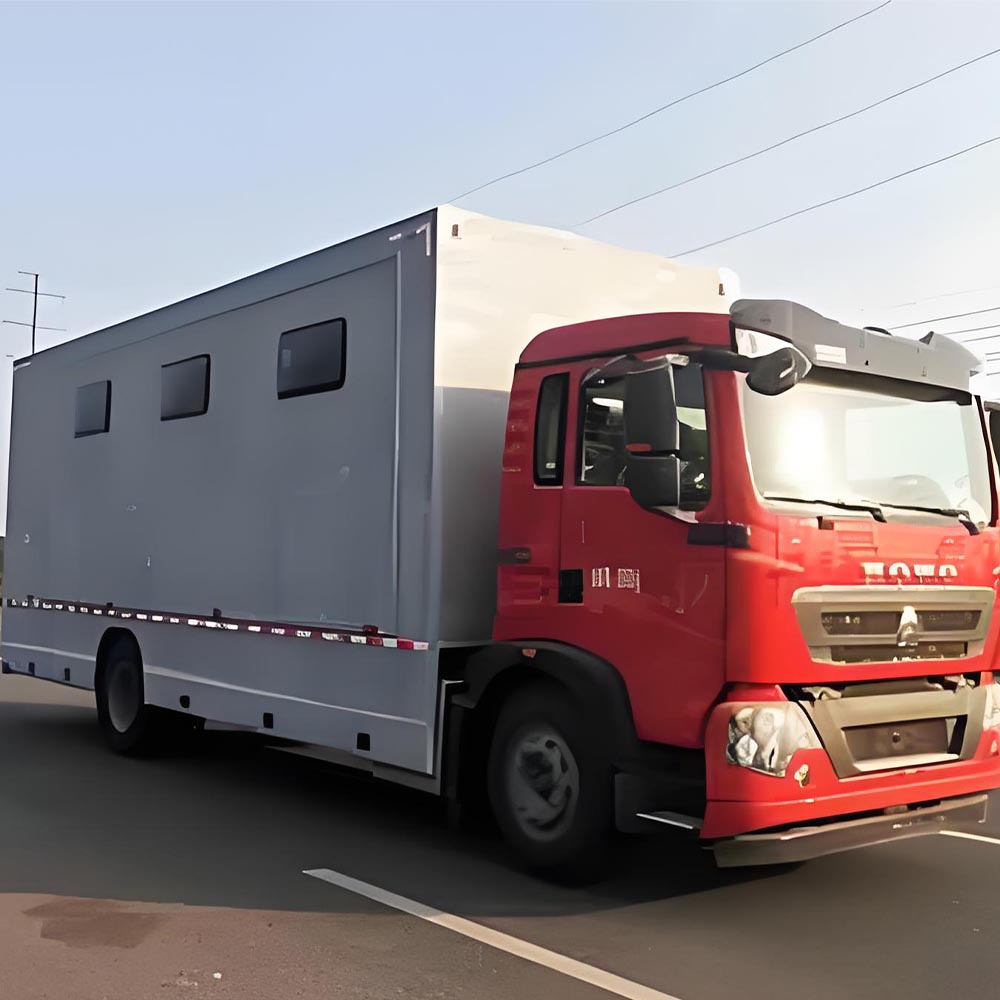-
Chengli Automobile Industry Park
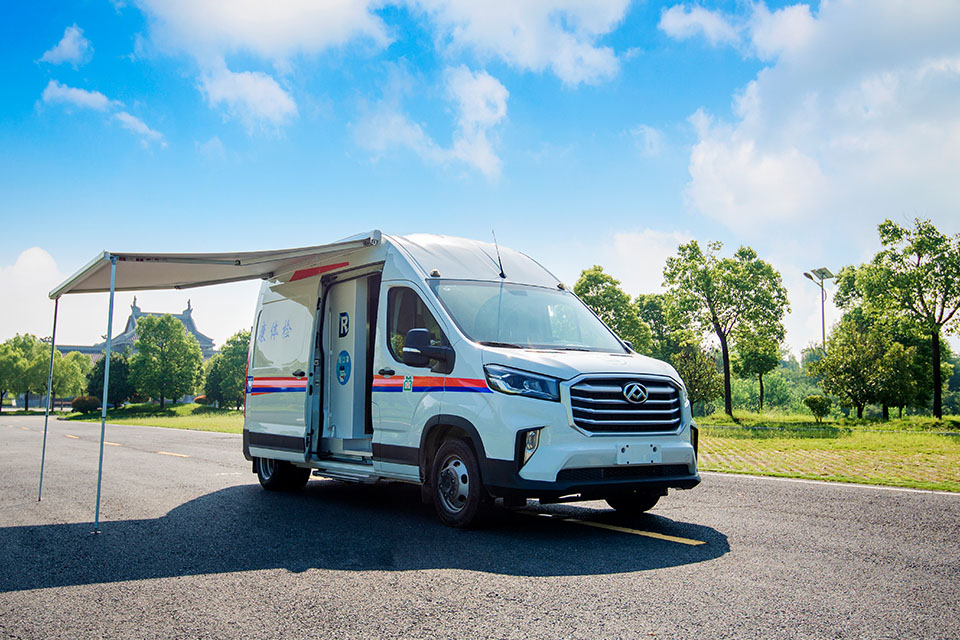
What is the difference between ambulance and medical vehicles?
Ambulance vs Medical Vehicles: Key Differences You Need to Know
Are you trying to understand what makes an ambulance different from other medical vehicles? This guide will help! We will look at how they are not the same. Let’s make it clear and easy to know when to use each one.
Table of Contents
What Are Ambulances and Medical Vehicles?
Ambulances are special trucks made to help people in big emergencies. They have tools to save lives when someone is very sick or hurt.
Medical vehicles (like NEMT – non-emergency medical transportation) help people who need to go to the doctor but are not in danger right now.
Learn more about specialized emergency response vehicles for different medical needs.
Ambulance vs. Medical Vehicle
Key Differences
Ambulance
- For Emergencies
- Fast Response
- Advanced Equipment
Medical Vehicle
- Non-Emergency
- Scheduled
- Basic Equipment
Cost Comparison
Response time
Patient Choice
Main Differences: A Simple Table
| What We Compare | Ambulance | Medical Vehicle (NEMT) |
|---|---|---|
| Main Use | For big emergencies (heart attacks, bad injuries) | For doctor visits, not emergencies |
| How Fast They Come | Come right away when called | Must book ahead of time |
| Tools Inside | Advanced life-saving tools | Basic help tools, maybe wheelchair lifts |
| Who Drives | Trained medical helpers (EMTs) | Regular drivers with some training |
| Cost | More expensive ($450 per trip) | Less expensive ($220 per trip) |
Equipment and Tools: What’s Inside?
Ambulance Equipment
- Advanced tools to help very sick people
- Machines to check heart beats
- Tools to help people breathe
- Medicine for emergencies
Medical Vehicle Equipment
- Wheelchair lifts
- Basic first aid kits
- Comfortable seats
- Safety straps
The Zero Emission Electric Ambulance is changing how emergency vehicles operate with eco-friendly technology.
Response Time: How Fast Do They Come?
Key Facts About Response Time:
- Ambulances come in about 7 minutes for very bad emergencies
- Medical vehicles must be booked days before you need them
- A study found that 55% of people wait over 3 hours before they call for help
Medical Care Level: What Help Can You Get?
In Ambulances:
- Full emergency care while going to the hospital
- Trained staff who can start treatment right away
- Can help heart attack patients on the way
In Medical Vehicles:
- Safe rides but less medical care
- Help getting in and out
- Basic first aid if needed
Mobile Medical Support Vehicles offer specialized care for various non-emergency situations.
Interesting Fact!
A big study with 103,029 people found that sometimes getting to the hospital in a private car was better than waiting for an ambulance for certain injuries. This was true for wounds like stab or gunshot injuries.
Cost Differences: What Will You Pay?
Cost Facts:
- Ambulances cost about 40-60% more to run than medical vehicles
- Medical insurance pays about $450 for emergency ambulance trips
- Medical insurance pays about $220 for non-emergency medical trips
When To Use Each Type
Use An Ambulance When:
- Someone can’t breathe
- Bad bleeding that won’t stop
- Possible heart attack
- Sudden, very bad pain
- After a big accident
Use A Medical Vehicle When:
- Going to planned doctor visits
- Need help moving but not in danger
- Getting regular treatments like kidney dialysis
- Coming home from the hospital
- Too sick to drive but not an emergency
Patient Needs and Vehicle Choice
Different patients need different kinds of help. Here’s what to think about:
- People who can’t walk: Need vehicles with wheelchair lifts
- People who must lie down: Need vehicles with beds
- People with breathing problems: May need oxygen in the vehicle
- People who need quick help: Need ambulances with emergency tools
Data on Patient Choices
- Only 30% of non-emergency patients choose ambulances
- 70% use medical vehicles or private cars for non-emergencies
- The main reasons people choose: cost and waiting time
Check out Medical Diagnostic Mobile Units for preventive healthcare services on wheels.
Special Case: Heart Problems
For people who might be having heart attacks:
- Ambulances can check heart beats while driving to the hospital
- Medical staff can give medicine right away
- This quick help can save lives
Case Study: Trauma Patients
A surprising study found that for some hurt patients, private cars got to the hospital faster than ambulances:
- Study looked at 103,029 injured people
- For stab or gunshot wounds, private cars sometimes better
- But ambulances still better for most emergencies
Regional Differences in Service
The way ambulances and medical vehicles work is different depending on where you live:
- Cities have more ambulances close by
- Rural areas rely more on non-emergency vehicles
- Ambulance placement needs careful planning to cover all areas
Government Rules and Payment
How much these services cost depends on rules and who pays:
- Ambulance services get less money now in many states
- Medicaid pays different amounts for emergency vs. non-emergency trips
- Insurance rules affect which service people choose
The Future of Medical Transport
Medical transport is changing in these ways:
- More electric and clean-energy ambulances
- Better technology to talk to doctors while driving
- Faster ways to get patients to the right hospital
- More comfortable medical vehicles for regular trips
Summary of Key Points
- Ambulances are for life-threatening emergencies with trained medical staff
- Medical Vehicles are for non-emergency medical transportation, with basic help
- Ambulances cost more but provide more medical care
- Medical vehicles must be scheduled ahead of time
- The right choice depends on how urgent the medical need is
Frequently Asked Questions
Can a medical vehicle handle an emergency?
No. If someone has a true emergency, always call for an ambulance.
Will insurance pay for both types?
Usually insurance pays for ambulances in emergencies. For non-emergency trips, you need doctor approval.
How do I know if I need an ambulance or medical vehicle?
If the problem is life-threatening or very serious, call for an ambulance. For regular doctor visits or when you just need help getting there, use a medical vehicle.
How early do I need to book a medical vehicle?
Usually at least 24-48 hours before you need the ride.
Can family ride in ambulances or medical vehicles?
Usually one family member can ride in an ambulance. Medical vehicles often allow companions.
Remember, in true emergencies, always call emergency services right away. Don’t wait or try to drive yourself if you’re having a real emergency.
